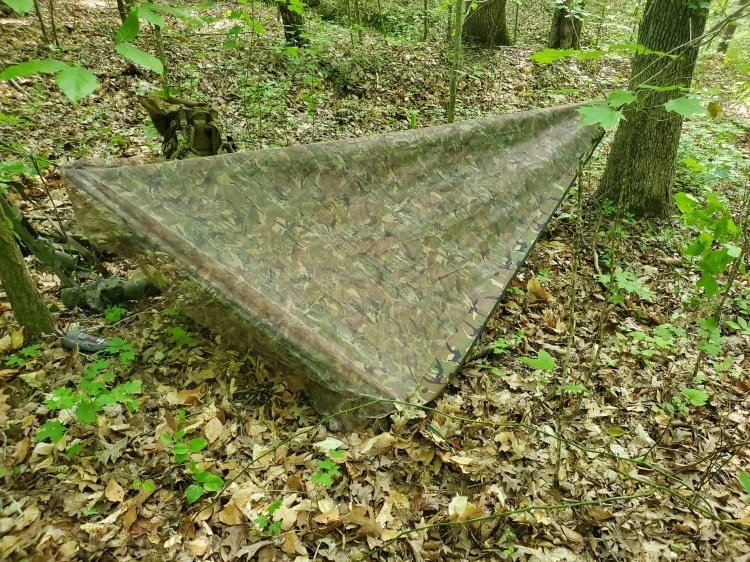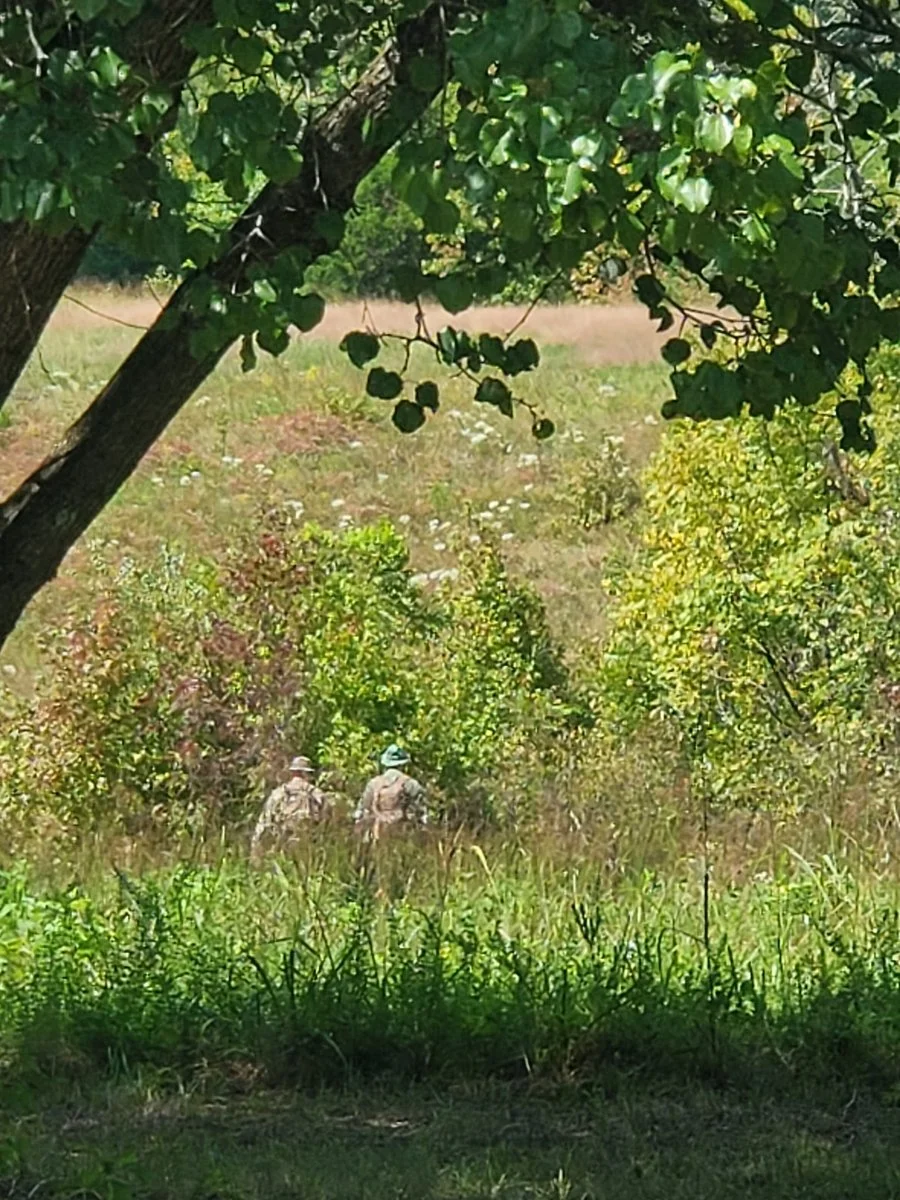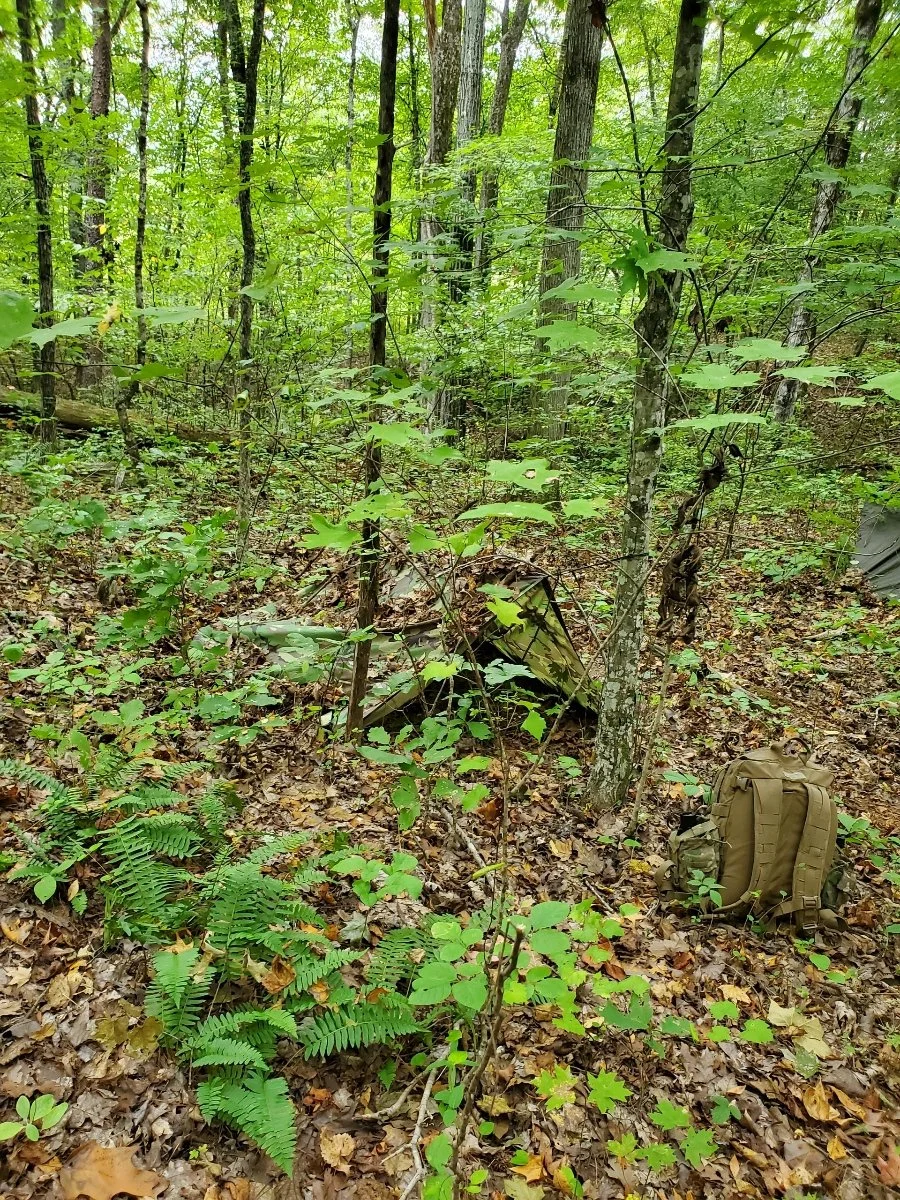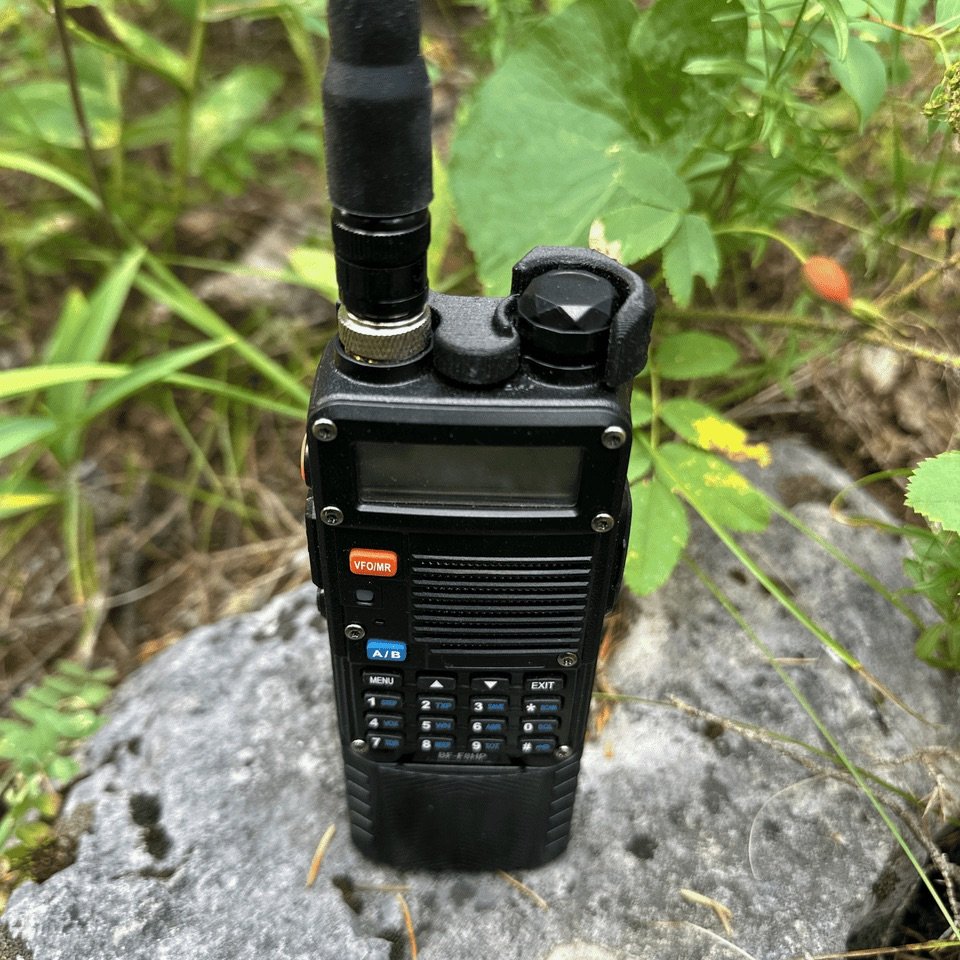
Fieldcraft
Course Overview
Content
-
Learn the principles of observation and how humans see
Learn how to camouflage yourself and your gear
Discussion on survival mindset
Method of analyzing terrain and selecting movement routes
Discuss how to select and set up secure overnight sleeping sites
Field exercises involving camouflaging our gear and occupying an overnight site
-
A fun-filled discussion on field sanitation
Spend the majority of the day learning land navigation including map and compass.
Students will learn how to use a compass and read a map, but more importantly, how to use the two together.
Students will to read the Military Grid Reference System coordinates.
Students will learn how to locate themselves within 100 meters anywhere in the world with a good map and compass
Students will learn to locate the grid coordinates of anything they can see using a map and compass
Field exercises will be conducted on intersection, resection, day land navigation and night land navigation.
-
Students will learn about terrain appreciation land navigation.
Students will learn how to select vehicle movement routes.
A different technique for crossing a danger area will be learned.
Tactical Arts and Crafts – a faster way of setting up and taking down a tarp will be taught with student involvement.
Students will learn how to quickly 4 different tarp shelters and discuss thermal mitigation.
A field exercise will be conducted on setting up and camouflaging tarps, as well as crossing a linear danger area.
Locations and Dates
Location: TBD
Date: TBD
Description
The Fieldcraft Course is based on TW-02. We will practice individual and team movement skills, selecting and setting up a secure overnight site, land navigation (both day and night), mindset, and observation skills. We will also learn a few ways of setting up a tarp shelter. Students should be prepared to be out in the weather, and we will be camping throughout the course. Immersion is the way to learn. When you register for a course, a required and suggested gear list will be sent out.


Gear Packing Checklist
Course Checklist
Notebook and pen (Recommended: Rite in the Rain
Quality, broken in boots
Watch
Headlamp or flashlight (Recommended: blue light capable)
Fixed blade knife
Compass (Recommended: Lensatic or Orienteering)
Gloves
Tarp/poncho/shelter half of some type
Patrol Pack of some type
Canteen/canteen cups
Food for 3 days
Spare socks
Rain gear of some type
Appropriate season clothing for moving in the wilderness
Course Book
Recommended Gear
Chest Rig
Should hold all your personal tactical gear for a 24-48 hour patrol period
I don’t recommend plate carriers for training as the added weight and heat detracts from the experience
Optics
Optics are a force multiplier
Radio
VHF/UHF handheld like the Baofeng
Meet the Instructor
Joe Dolio
Joe is the author of the Tactical Wisdom Series, a series of books focusing on preparedness and tactical skills for life in a Without Rule of Law situation. Joe also writes the Tactical Wisdom blog.
Joe began as a United States Marine Corps Military Policeman, specializing in investigations and dignitary protection. He went to serve as a protection specialist in corporate security and government security contracting, serving in high profile security details in all manner of environments. He is also a certified KyoSaNim (Instructor) in the Korean martial art of Tang Soo Do, as well as being a Krav Maga instructor. Joe has been a defensive firearms instructor for over 15 years.
He currently teaches classes throughout the country while continuing to work on the Tactical Wisdom Series.



